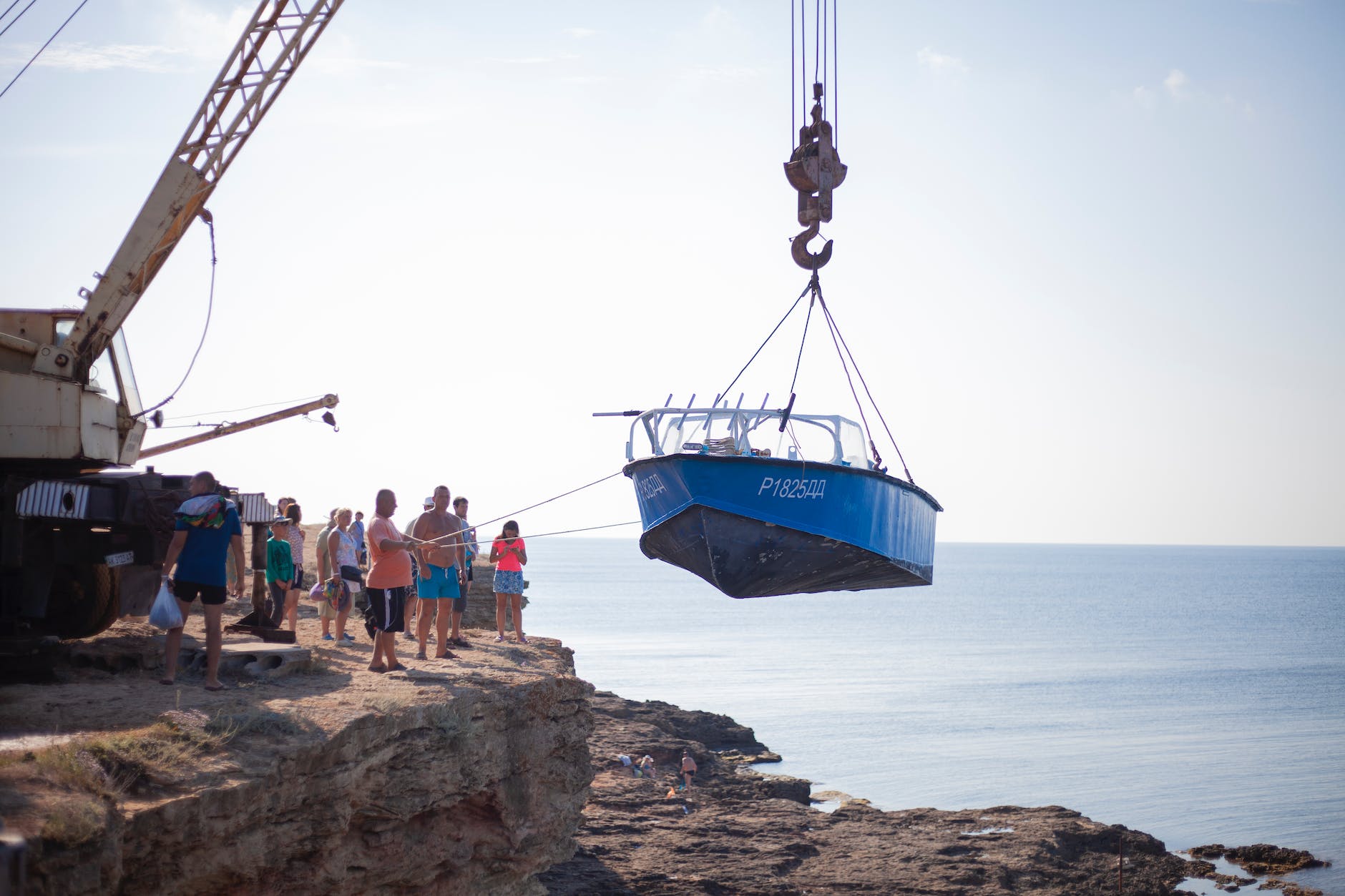
How To Prepare Steel Erection HIRA: Hazard Identification and Risk Assessment
Hazard Identification and Risk Assessment (HIRA) for Steel Erection Activities
How To Prepare Steel Erection HIRA: Steel erection activities involve unique hazards that necessitate a meticulous Hazard Identification and Risk Assessment (HIRA). This guide outlines a systematic process to identify potential hazards, assess risks, and implement effective control measures for tasks involving steel erection.
1. Steel Erection Activity:
Erecting structural steel elements in construction projects.
2. Gather Information:
- Site location: Construction site.
- Types of steel erection: Structural steel framing, steel trusses, columns.
- Existing hazards: Falls, structural collapse, falling objects.
3. Identified Hazards:
- Falls:
- Risk of workers falling from elevated steel structures.
- Structural Collapse:
- Potential for collapse during steel assembly or lifting.
- Falling Objects:
- Risk of tools, equipment, or steel elements falling from elevated work areas.
4. Risk Assessment:
- Falls:
- Likelihood: High (frequent exposure during elevated work).
- Severity: High (potential for serious injuries or fatalities).
- Risk Level: Critical.
- Structural Collapse:
- Likelihood: Low to Moderate (with proper planning and adherence to procedures).
- Severity: High (potential for serious injuries or fatalities).
- Risk Level: Significant.
- Falling Objects:
- Likelihood: Moderate (due to work activities at heights).
- Severity: Moderate (potential for injuries).
- Risk Level: Moderate.
5. Risk Ranking:
- Falls (Critical)
- Structural Collapse (Significant)
- Falling Objects (Moderate)
6. Control Measures:
- Falls:
- Use guardrails, safety nets, and personal fall protection systems.
- Ensure proper access and egress points with secure ladders or stairs.
- Structural Collapse:
- Follow engineering plans and specifications.
- Conduct regular inspections of structural connections and components.
- Falling Objects:
- Use toe boards, debris nets, and tool tethers.
- Establish exclusion zones below elevated work areas.
7. Hierarchy of Controls:
- Prioritize engineering controls like guardrails and secure structural connections.
- Use administrative controls, including regular inspections and adherence to safety plans.
- Ensure workers use appropriate personal protective equipment (PPE).
8. Emergency Procedures:
- Develop and communicate a detailed emergency response plan.
- Conduct regular emergency drills specific to steel erection scenarios.
9. Training and Competency:
- Provide comprehensive training for all personnel involved in steel erection.
- Ensure workers are competent in the use of equipment, adherence to safety protocols, and understanding engineering plans.
10. Regular Review:
- Conduct regular reviews of steel erection procedures and safety measures.
- Update the HIRA based on incidents, near misses, or changes in work conditions.
11. Documentation:
- Maintain detailed records of hazard identification, risk assessments, and control measures.
- Provide easy access to documentation for all personnel involved in steel erection activities.
12. Communication:
- Clearly communicate control measures and emergency procedures to all workers involved.
- Encourage open communication for reporting potential hazards related to steel erection.
13. Supervision and Monitoring:
- Assign competent supervisors for steel erection activities.
- Regularly monitor the implementation of control measures.
14. Regulatory Compliance:
- Ensure compliance with local occupational safety and health regulations.
- Regularly review and update procedures based on regulatory changes.
15. Review and Continuous Improvement:
- Conduct regular safety meetings to discuss improvements and lessons learned.
- Actively seek feedback from workers and incorporate it into future risk assessments.
How To Prepare Scaffolding HIRA: Hazard Identification and Risk Assessment
How To Prepare Excavation HIRA: Hazard Identification and Risk Assessment
How To Prepare Confined Space HIRA: Hazard Identification and Risk Assessment
How To Prepare Work at Height HIRA: Hazard Identification and Risk Assessment
How to Prepare Risk Assessment for Vibration
By adhering to this structured approach, businesses can proactively identify and address potential hazards associated with steel erection activities, promoting a safer working environment for all personnel involved in steel erection processes.